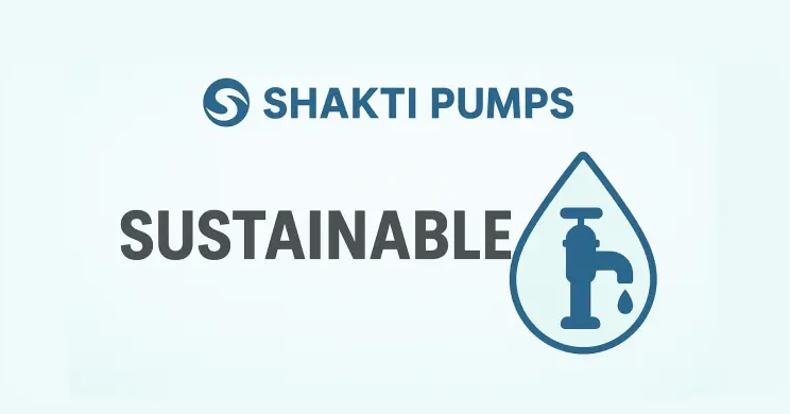
15 Days Price Change

 Megha Meharia
Megha Meharia

Megha is a seasoned financial analyst with a deep passion for the world of stocks and inve... Megha is a seasoned financial analyst with a deep passion for the world of stocks and investing. With 3 years of experience in the field, they have honed their expertise in fundamental analysis. Read more
Summary
In the expansive universe of mutual funds, where over 1500 schemes vie for attention, understanding Equity Schemes is paramount for savvy investors. Focused on Large, Mid, and Small Cap Equities, these funds form a significant segment. Categorized by SEBI into Large Cap, Flexicap, Mid & Small Cap, and more, each type offers distinct investment styles. From stability-focused Large Cap Funds to dynamically managed Flexicaps, investors navigate these options based on risk appetite and financial goals. Whether seeking tax advantages with ELSS or sector-focused strategies, this guide provides a concise roadmap for investors to navigate and thrive in the ever-evolving landscape of Equity Mutual Funds.
In the vast universe of mutual funds, where over 1500 schemes beckon investors, understanding the nuances of various categories is crucial for building a robust portfolio. Among these, Equity Schemes take center stage, offering a diverse landscape of opportunities for investors seeking exposure to stocks. In this guide, we unravel the intricacies of the Equity category in mutual funds, exploring its subcategories, market cap distinctions, and investment styles.
Equity Schemes form a significant segment of mutual funds, offering investors exposure to a spectrum of equities, including Large Cap, Mid Cap, and Small Cap stocks.
Market Capitalization Defined
In the realm of Equity Schemes, market capitalization plays a pivotal role in categorizing stocks. The three primary categories based on market cap are:
Equity Schemes further branch out into 12 categories, distinguished by the following factors:
Let's explore these categories in detail:
Investment Focus: These funds primarily invest (80%) in large-cap stocks, with the flexibility to allocate the remaining 20% across Large, Mid, Small Caps, or debt instruments.
Challenges: Since SEBI's definition of the top 100 stocks as large-cap in 2018, fund managers face constraints on flexibility, especially in beating benchmark indices.
Consideration: Large Cap Funds are crucial for portfolio stability, offering exposure to well-established companies. Investors can gain similar exposure through Passive Funds or Flexicap/Focused categories.
Investment Style: Fund managers have the freedom to invest across market caps based on prevailing market conditions and their strategic outlook.
Composition: Flexicap funds can have up to 50 stocks, providing a broader market exposure. In contrast, Focused funds are more concentrated, with a limit of up to 30 stocks.
Pseudo Large Cap: While these funds have the flexibility to explore various market caps, they often exhibit behavior similar to large-cap funds, providing managerial flexibility.
SEBI Requirement: These funds must have a minimum of 35% invested in both Large Cap and Midcap stocks. The remaining 30% can be allocated elsewhere.
Industry Average: Typically, these funds maintain an allocation of around 60% in Large Cap and 40% in Midcap stocks, providing a balanced approach to market exposure.
Minimum Allocation: These funds need to invest a minimum of 65% in either Mid Cap or Small Cap stocks. The remaining 35% can be distributed across other market caps or asset classes.
AUM Influence: As the Assets Under Management (AUM) of these funds increase, there might be a shift in the allocation, potentially leading to more investment in large-cap stocks.
Allocation: Multicap funds follow a diversified approach, with 25% allocation each to Large, Mid, and Small Cap stocks. The remaining 25% can be invested elsewhere.
Evolution: This category is relatively new and aims to provide fund managers with flexibility across market caps. The evolution of Multicap funds will be interesting to observe as fund managers adapt to changing market conditions.
Investment Style: Similar to Flexicap, these funds operate across market caps but lack a SEBI definition for Dividend Yield, Value, or Contra stocks.
Operational Similarity: Functioning like Flexicaps, these categories offer flexibility to fund managers, allowing them to explore diverse investment opportunities.
Focus: These funds concentrate on specific sectors or themes, such as Infrastructure. The allocation (80%) is expected to be within the chosen sector, offering a targeted approach.
Sophistication Required: Suitable for sophisticated investors who can effectively time entries and exits within specific sectors, potentially providing stable risk-returns.
Investment Focus: ELSS funds allocate 80% across market caps, with a predominant focus on large-cap stocks, resembling the Flexicap category.
Lock-In Period: Investors in ELSS benefit from a lock-in period of 3 years, providing an 80C tax advantage of up to 1.5 lakh.
In conclusion, navigating the landscape of Equity Mutual Funds demands a thoughtful approach. Investors must align their goals, risk tolerance, and preferences with the right category. The key is not just in selecting the best scheme but, more importantly, choosing the category that aligns with one's investment objectives. Diversification across categories can enhance the resilience of an investment portfolio, offering a balanced approach to wealth creation.
As the financial market continues to evolve, understanding these categories provides a solid foundation for investors to make informed decisions and embark on a successful journey in the world of mutual funds.


























Independent Research Powered By - Actionable data



Looking to buy unlisted shares or need guidance on the investment process? Our expert Private Equity Advisors are here to assist you with accurate information, real-time pricing, and seamless execution.
Want to sell unlisted shares, liquidate your ESOPs, or understand the step-by-step process of liquidation? Connect with our Buying Team for smooth coordination, quick evaluations, and end-to-end support.
Planning to build or grow your portfolio? For Mutual Fund investments, PMS solutions, tailored portfolio creation, and overall wealth management, our dedicated Wealth Team is ready to guide you.